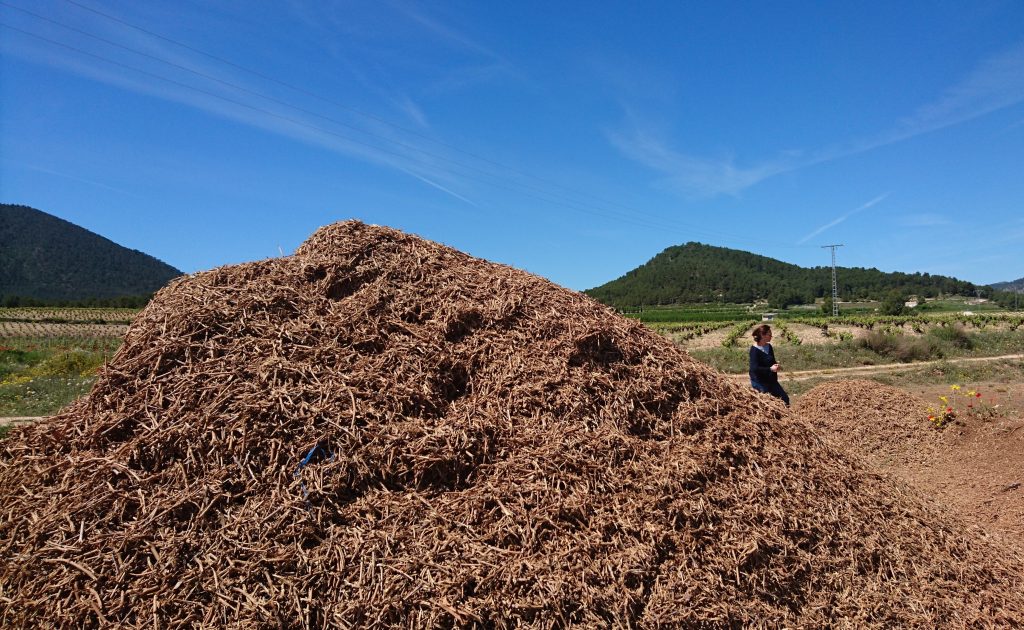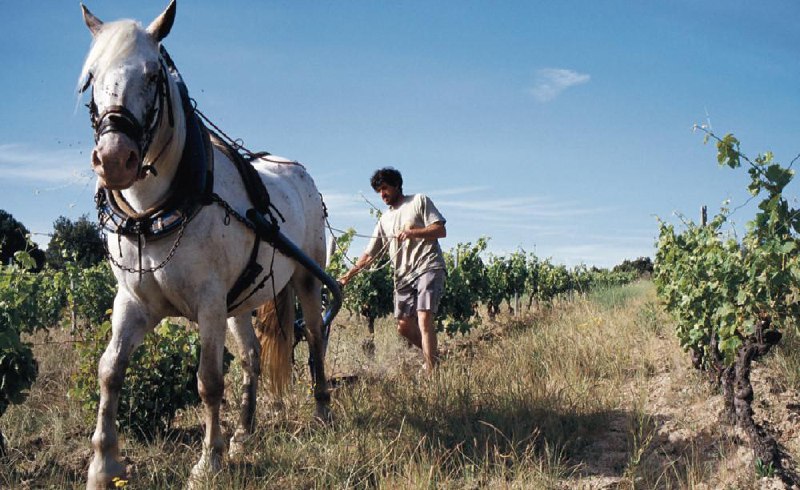Many people may think that the work of the viticulturists ends with the grape harvest, however, though the winemaker is in the cellar creating the upcoming vintage, the viticulturist is already back in the vineyard as they begin the work that takes place immediately following the harvest. The impact of climate change and the escalating depletion of natural resources in numerous wine-producing regions worldwide have prompted winegrowers and viticulturists to prioritize the production of high-quality wine while also striving to enhance biodiversity within each vineyard. With a steadfast commitment to quality raw materials, winegrowers are actively researching water conservation and irrigation management practices, land cover management techniques, and the implementation of suitable viticultural practices that ensure the future of the viticultural industry for future generations which includes a commitment to fostering wildlife habitats within and around the vineyards.
Consequently, once the grapes have been harvested and securely stored in the winery, the final tasks in the vineyard must be completed before the vines enter dormancy. A skilled viticulturist recognizes the distinct characteristics of each vineyard, and it is imperative to tailor the management approach accordingly so that each parcel can express its true potential. Effective post-harvest management plans can bolster fruit quality, optimizing vineyard yields for the harvest in the subsequent year.
Soil degradation has emerged as a critical concern in more and more wine-growing regions across the globe, prompting many esteemed wine growers and producers to shift towards organic and biodynamic viticulture methods. The decline in soil health stems from several factors including frequent soil cultivation, improper timing of cultivation, herbicide usage, and erosion. These practices result in the depletion of organic soil matter and cause the release of substantial amounts of carbon dioxide. Thus, viticulturists must prioritize maintaining or improving the soil's organic matter levels. One effective strategy involves utilizing the prunings from healthy plant vines. The pruned matter from the vines is then shredded in the spring and made into compost. Furthermore, the use of special compost that has been prepared over the previous year from materials such as stems, vines, straw, and zeolite can be incorporated into the soil the following year to enhance soil health further. Permanent turf can be effectively utilized in vineyards across various climatic conditions. Despite competing with vines for nutrients and water, this turf offers numerous benefits such as increasing organic matter content, enhancing rainwater penetration and water retention in the soil, safeguarding the soil against erosion, providing immediate intervention post-rain to mitigate fungal diseases, and supplying essential nutrients to plants.

Photo Courtesy: Life Sarmiento
The timing of the pruning process is determined on a vineyard-to-vineyard basis, influenced primarily by the location and climate of the area. Each vine is individually assessed before pruning, taking into account its vigor during the previous growing season, which also aids in identifying any diseases that may be developing in the pruning cuts. Pruning plays a crucial role in ensuring relative production stability and facilitating proper vineyard management. Techniques for pruning vary depending on the grape variety and the goal of the winegrower, who decides on the number of buds to retain for the upcoming year. They must also take into account any restrictions that are imposed by appellation requirements in their particular region. This pruning method effectively sets the stage for the following year's harvest, even before the vines emerge from dormancy.
Today's viticulturists recognize that vineyards are not isolated entities but integral parts of their environment and the broader landscape. Biodiversity in vineyard ecosystems is heavily influenced by the health of the surrounding countryside rather than solely by the practices carried out within the vineyards. This underscores the significance of biodiversity, especially when considering the many 'ecosystem services' it provides. The presence of a diversity of various species, including plants, insects, birds, and small mammals, contributes to disease control, pest management, water retention, and soil erosion reduction simply by coexisting and interacting with the vines. As a result, modern viticulturists increasingly prioritize sustainable practices that support and enhance biodiversity, understanding its critical role in maintaining vineyard health and productivity in the long term and that of the surrounding ecosystem.

Photo Courtesy: The Ecologist
The work of winegrowers extends far beyond the grape harvest, encompassing a myriad of tasks aimed at ensuring the quality of future vintages while preserving the health of vineyards and surrounding ecosystems. Confronted with the challenges posed by climate change and environmental issues, winegrowers are embracing sustainable methodologies, ranging from water conservation to management of soil health and promoting biodiversity. Through these concerted efforts, winegrowers are not solely preserving the essence of their trade, but also actively contributing to the enduring sustainability of vineyards and the broader natural environment. Recognizing their role as custodians of the land, they acknowledge the intricate interplay between vineyards and their surroundings and are dedicated to nurturing not only exceptional wines but also flourishing ecosystems for the benefit of future generations.

